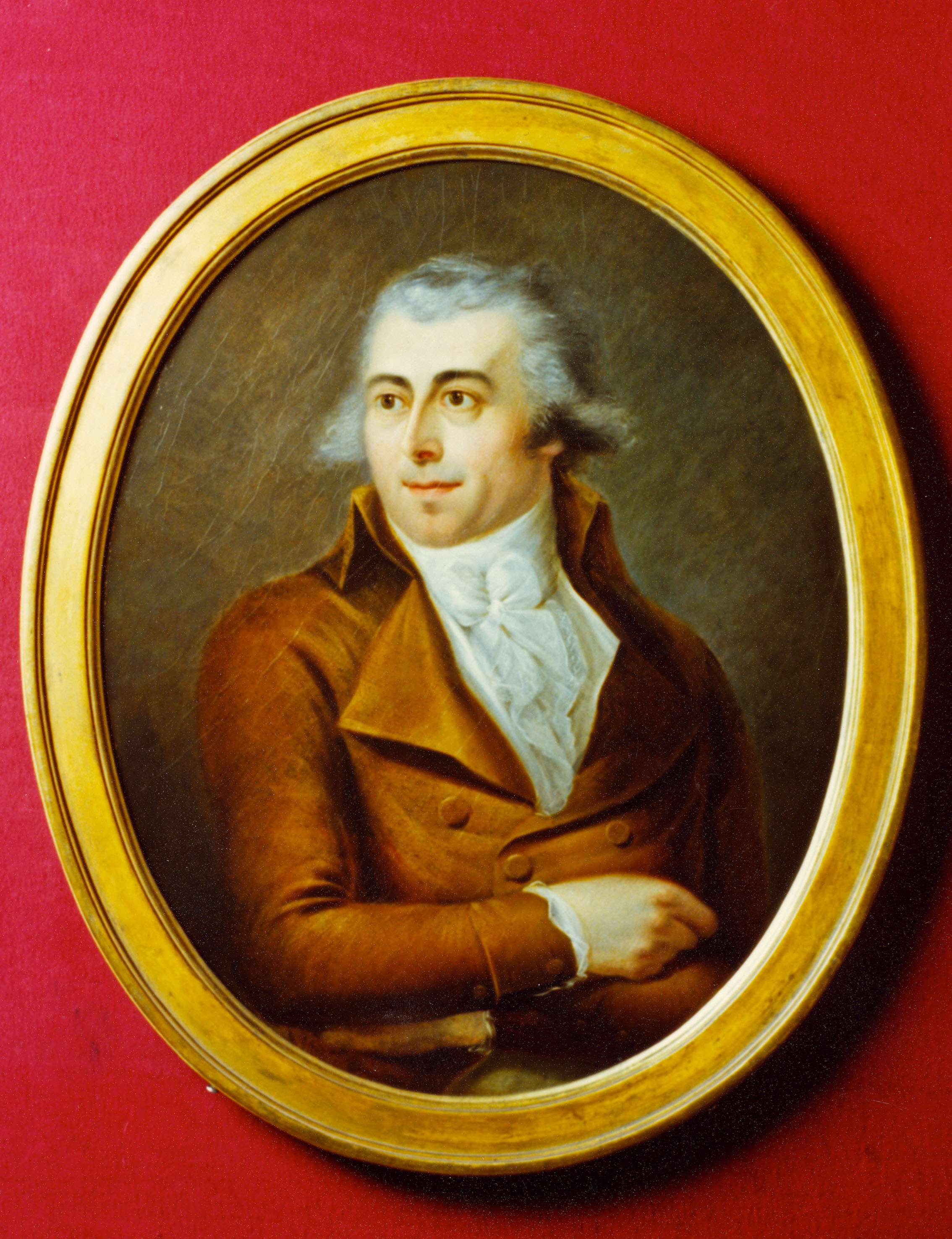Christian Fueter on:
[Wikipedia]
[Google]
[Amazon]
 Christian Fueter (June 2, 1752 – January 19, 1844) was a Swiss
Christian Fueter (June 2, 1752 – January 19, 1844) was a Swiss
{{DEFAULTSORT:Fueter, Christian 18th-century medallists 1752 births 1844 deaths 19th-century medallists
 Christian Fueter (June 2, 1752 – January 19, 1844) was a Swiss
Christian Fueter (June 2, 1752 – January 19, 1844) was a Swiss medalist
A medalist (or medallist) is an artist who designs medals, plaquettes, badges, metal medallions, coins and similar small works in relief in metal. Historically, medalists were typically also involved in producing their designs, and were usually e ...
and mint-master at Bern
Bern (), or Berne (), ; ; ; . is the ''de facto'' Capital city, capital of Switzerland, referred to as the "federal city".; ; ; . According to the Swiss constitution, the Swiss Confederation intentionally has no "capital", but Bern has gov ...
from 1792 to 1837.
Fueter was born in London, the youngest son of Daniel Christian Fueter, a goldsmith who had taken refuge in England for political reasons. His family moved to New York City
New York, often called New York City (NYC), is the most populous city in the United States, located at the southern tip of New York State on one of the world's largest natural harbors. The city comprises five boroughs, each coextensive w ...
around 1754, and afterwards resided at Bethlehem, Pennsylvania
Bethlehem is a city in Northampton County, Pennsylvania, Northampton and Lehigh County, Pennsylvania, Lehigh counties in the Lehigh Valley region of eastern Pennsylvania, United States. As of the 2020 United States census, 2020 census, Bethle ...
, where young Fueter received his first training in drawing. He returned to Switzerland in 1769 with his father and settled in Berne, where he studied the art of engraving on steel and precious stones under the celebrated artist Johann Melchior Morikofer. He then went to Paris, where he worked for Graff, Schultze, the renowned painter Jean-Baptiste Greuze
Jean-Baptiste Greuze (, 21 August 1725 – 4 March 1805) was a French painter of portraits, genre scenes, and history painting.
Early life
Greuze was born at Tournus, a market town in Burgundy. He is generally said to have formed his own ...
, and others.
Fueter's skill as a gold- and silversmith, and talent as an engraver of seals and medals, made him suitable for the post of Master of the Mint at Bern, a position for which he was recommended by patrons and friends such men as Jenner von Brunnadern and the old magistrate von Steiger. As a preliminary, the government sent him to visit the mints of Strassburg, Frankfort, Augsburg, Munich, Nuremberg, Dresden, and London, to better perfect his technique. In 1791, Fueter returned to Bern and was duly installed as mint-master. In this role, he introduced the French system of currency to Bern and the Concordat-cantone at the end of the eighteenth century. When the Republic of Bern fell in 1798, Fueter was able to hide part of the Mint's treasury from the French. Upon creation of the Helvetic Republic
The Helvetic Republic (; ; ) was a sister republic of France that existed between 1798 and 1803, during the French Revolutionary Wars. It was created following the French invasion and the consequent dissolution of the Old Swiss Confederacy, ma ...
, the new government reinstated the Mintmaster in his post.
During his long career produced a large number of dies, mostly for coins. As a medallist, Fueter set Johann Carl Hedlinger before himself as a pattern. One of his earliest medals was engraved in 1786; it commemorates the inauguration of an orphanage. His well-known medals include one commemorating the Battle of Laupen
The Battle of Laupen was fought in June 1339, between Bern and its allies on one side, and Freiburg together with feudal landholders from the County of Burgundy and Habsburg territories on the other. Bern was victorious, consolidating its positio ...
, and one known as the "Insel-Medaille". his well-known medal of General Pasquale Paoli
Filippo Antonio Pasquale de' Paoli (; or ; ; 6 April 1725 – 5 February 1807) was a Corsican patriot, statesman, and military leader who was at the forefront of resistance movements against the Republic of Genoa, Genoese and later Kingd ...
is executed in Hedlinger's style. At that time the currency for all of Switzerland was struck at Bern, Basle, and Soleure, and from the dies engraved by Fueter. Landolt ascribes to him the Thaler of the Helvetic Republic, struck at Bern in 1799, as well as the following coins of Appenzell: Thaler of 1812 (illustrated); Half-Thaler of 1812; Half Schweizer Franken of 1809, &c. ; also : 10 Batzen, Batzen, and Angster of Lucerne, 1811, and Thaler of 1813, &c. Fueter also distinguished himself also as a Gem-engraver; one of his best cameos is a portrait of Voltaire
François-Marie Arouet (; 21 November 169430 May 1778), known by his ''Pen name, nom de plume'' Voltaire (, ; ), was a French Age of Enlightenment, Enlightenment writer, philosopher (''philosophe''), satirist, and historian. Famous for his wit ...
.
References
* This article is adapted from "Fueter, Christian" in the ''Biographical Dictionary of Medallists'', Volume II, compiled by L. Forrer, Spink & Son Ltd., London, 1904, pages 167–169. Se{{DEFAULTSORT:Fueter, Christian 18th-century medallists 1752 births 1844 deaths 19th-century medallists